The subject of diastasis recti symptoms is a commonly discussed one among expectant and postpartum mothers; this is because so many pregnant and postpartum woman find themselves facing this all too prevalent condition. Yet before conducting any type of in-depth discussion of diastasis recti symptoms, we first must discuss what diastasis recti is.
But before any and all discussions, please watch this video about Diastasis Recti Treatment
What is Diastasis Recti?
Diastasis recti involves the separating of rectus abdominal muscles from the midline. In point of fact, the word diastasis literally translates to mean separation. This condition can strike virtually anyone, from pregnant ladies (especially those over the age of 35, those having a multiple childbirth in the form of twins, triplets, etc., those birthing babies that are larger in size, those experiencing their second or third pregnancy, women birthing babies close together in timeframe, etc.) to newborn infants, to people, male and female, who don’t diet or exercise appropriately, in other words, doing to many intense advanced abdominal exercises could cause diastasis in both women and in men.
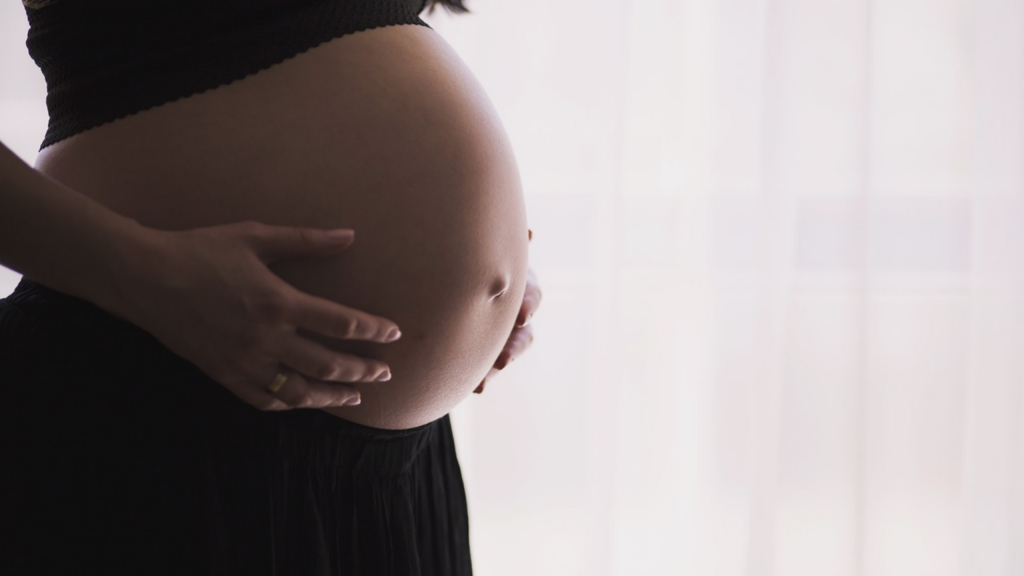
How Do I Know If I Have Diastasis Recti?
Particularly as they pertain to pregnant and postpartum women? If you’re expecting a baby, or even considering a pregnancy, then, by all means, you should research the subject of diastasis recti symptoms during pregnancy and postpartum after baby. Understanding that there is much you can do both before pregnancy, during pregnancy and beyond baby to help you learn how to safely and effectively strengthen your abdominals in order to minimize or even prevent diastasis recti. While diastasis recti isn’t something that can be guaranteed to be prevented there is lots you can learn so that even if you do have diastasis recti know that you can work towards healing both during pregnancy and postpartum (and it’s never too late to learn how to heal your abs from diastasis recti).
So what exactly should you know about diastasis recti symptoms? Well, like the condition itself, they can vary from person to person. Yet in the majority of cases, it could help explain why you may be experiencing a belly pooch, this stands first and foremost among diastasis recti symptoms but could also be a result of digestion issues as well.
Diastasis recti symptoms during pregnancy
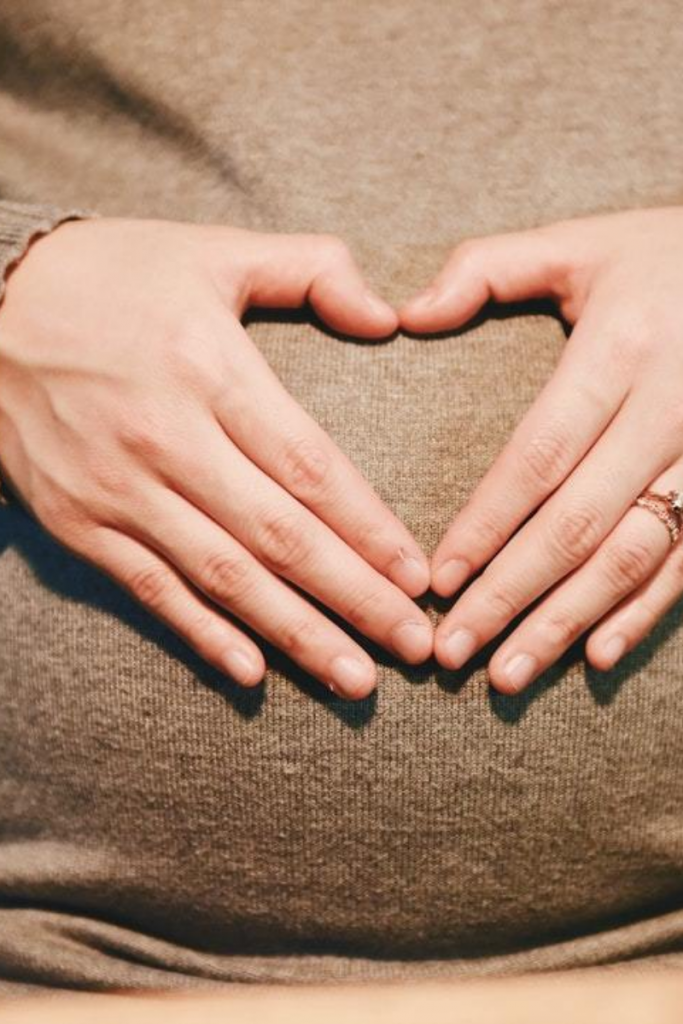
Of course, diastasis recti during pregnancy can be more easily identified by seeing a coning of the belly, this does not mean you do have diastasis recti but rather that you are gripping with your obliques and creating more pressure on your rectus abdominis than ideal. I recommend spending time learning how to release and relax your belly while also learning how to properly strengthen your core without overusing your abdominals. This can also help prepare the body for birth and recovery postpartum.
Postpartum diastasis recti symptoms
Diastasis recti symptoms postpartum and beyond you may have a bulge that protrudes in both the upper and lower regions along the midline of your abdomen and the most severe diastasis recti is typically at the belly button.
Diastasis recti symptoms also can include poor posture, which can result in postpartum back pain, as might be expected. When the abdomen bulges, the body might bend forward of its own accord during any attempt at walking or movement. Your shoulders may hunch and your back could angle forward, resulting in particularly poor posture and pain throughout your body.
When assessing and researching the topic of diastasis recti symptoms, one might feel compelled to pose the question, “Can diastasis recti cause bowel problems?” This is a natural and (forgive us) ‘expected’ question, as this condition affects the abdominal area. And as it turns out, diastasis recti has been linked to constipation in many cases, along with other gastrointestinal issues. Pregnant women in general report more frequent instances of constipation throughout the course of their terms this is due to the fact that the GI tract slows down to absorb as many nutrients as the body possibly can. After baby the weak abdominal muscles along with diastasis recti and organs shifting after birth can cause constipation and low motility. Having a weak core (including the pelvic floor) in general could also include urine leaking and incontinence and other pelvic floor dysfunctions.
And speaking of discomfort; back pain is often associated in some measure with the pregnancy experience, and in particular is listed among the top, most frequently reported diastasis recti symptoms.
Can pregnant and postpartum women experience diastasis pain in ribs?
Yes, it can happen. On its own, diastasis recti pain, especially when severe in nature, is not considered a common symptom of diastasis recti. Yet aside from back pain, some patients do experience diastasis recti pain after eating. They might report feeling a certain pressure in the wake of their meals and/or when they exercise their ab muscles to sit down, stand erect, or lie down in a reclining position. This is primarily because the separation of rectus muscles can affect the entire abdominal wall, with the muscles pulling apart at the midline to cause and elicit pain and discomfort in this area. In addition, diastasis recti patients sometimes develop painful hernias that can increase their pain levels exponentially and annoyingly! And they might experience pelvic floor disorders and pelvic pain.
Any diastasis recti patient who experiences pain in any part of the body should consult their doctors or obstetricians immediately. Don’t take the pain for granted, or accept it as a natural part of pregnancy, or of the diastasis recti experience. Consider working with a trained fitness professional who has been trained properly in recognizing diastasis recti and how to properly address pregnant and postpartum women with diastasis recti.
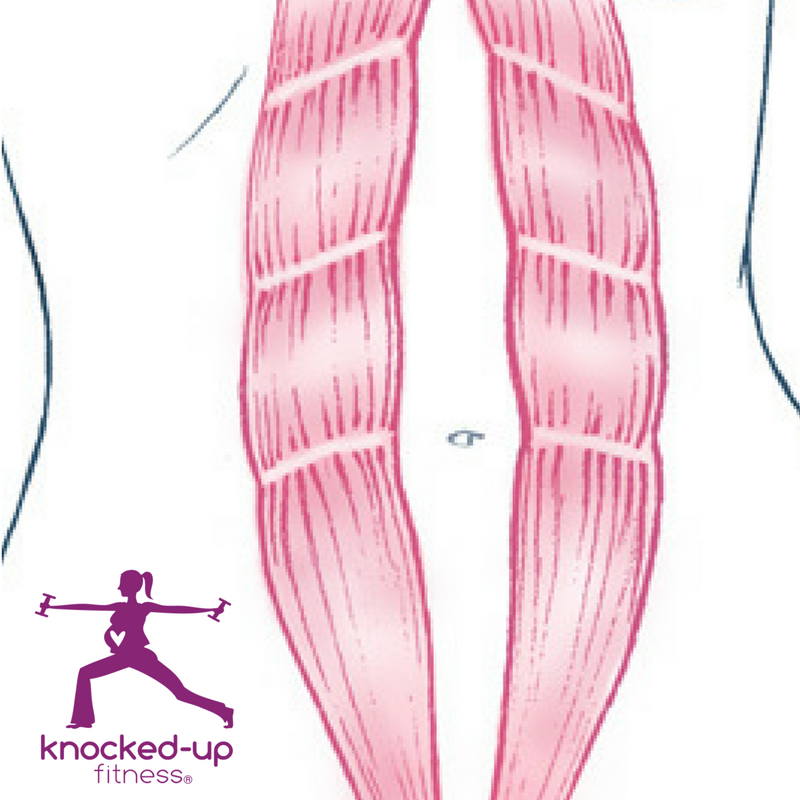
So when is diastasis recti considered severe?
Well while many moms experience this all too common condition, many make it through the experience with little in the way of pain or discomfort. Yet if the patient does experience pain (be it in the back, the abs, the pelvis, etc.) or extreme discomfort, then this would indicate a severe instance of diastasis recti. And in some cases, the intestines can become visible or bulge through spaces between the abdominal muscles. Also, some diastasis recti patients may find it more difficult than usual to move, to push or move objects, or to move about with the same grace or fluidity of motion that they enjoyed before their pregnancy.
Can diastasis recti heal on its own?
Absolutely! When you learn how to connect the correct way with your deep core you can heal diastasis recti or at least heal diastasis recti to a point that is functional. By functional diastasis recti I’m meaning that you may still have some spacing of the rectus abdominis but the fascial tissue and tensegrity of the abdominal wall is strong and connected! You no longer have any pain and are able to move throughout your days and workouts with ease. Learn how to do all this through The Core Rehab Program.
“Should I Consider Diastasis Recti Surgery?”
So if your diastasis recti symptoms are serious or life constraining in nature, then the next logical question would be, “Should I consider diastasis recti surgery?” And in most cases, the answer is no. This is because many instances of diastasis recti can be healed through other means, with time itself acting as a key healing agent in terms of this condition. Time heals most wounds, it’s true; particularly in cases of mild to moderate diastasis recti. So unless one’s physician recommends the surgical removal of painful hernias affiliated with the diastasis recti condition, diastasis recti surgery is not recommended. And really, this only makes sense; why undergo a surgical procedure, with all of the discomfort, cost, and extended recovery periods associated with surgery, when you can resolve your diastasis recti condition in a better, easier, and even more enjoyable fashion (yes, it could happen!)?
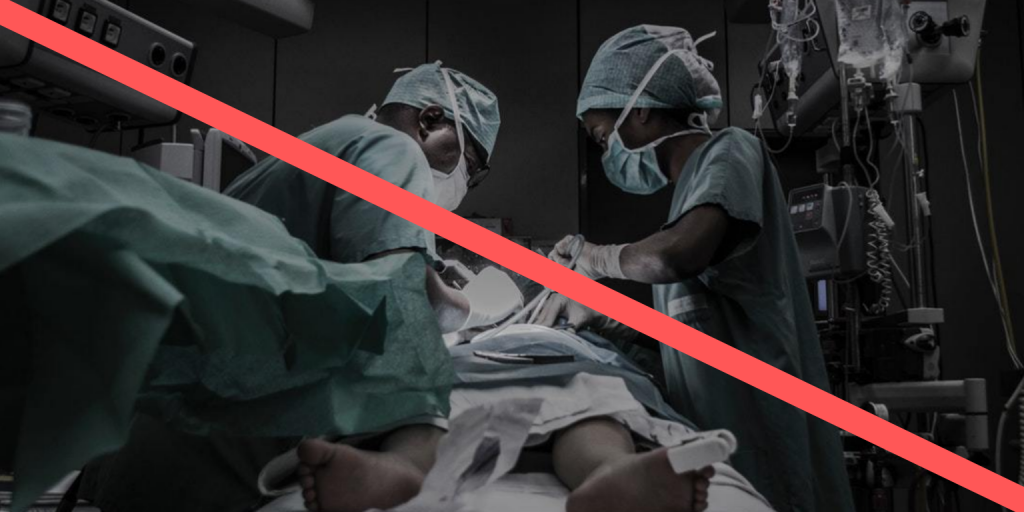
Diastasis recti exercises:
In fact, the phenomenon of diastasis recti exercise is one that is sweeping the world of pregnancy fitness. This may seem surprising, but just as exercise can be used to tone and strengthen joints and muscles, various and very specific exercises can be used to heal and repair muscles torn, strained and hindered through instances of diastasis recti. Here are just a few:
1. Standing Rotations & Upper Glute Release 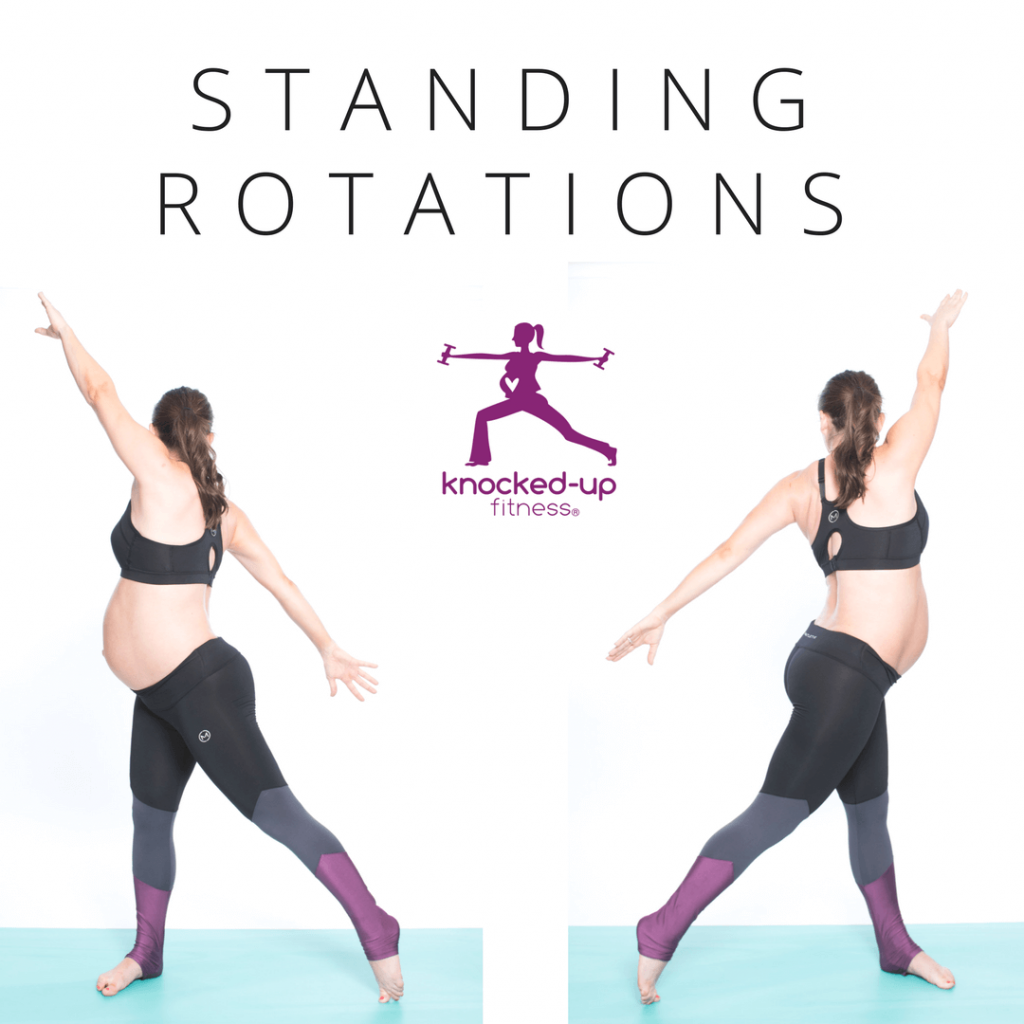
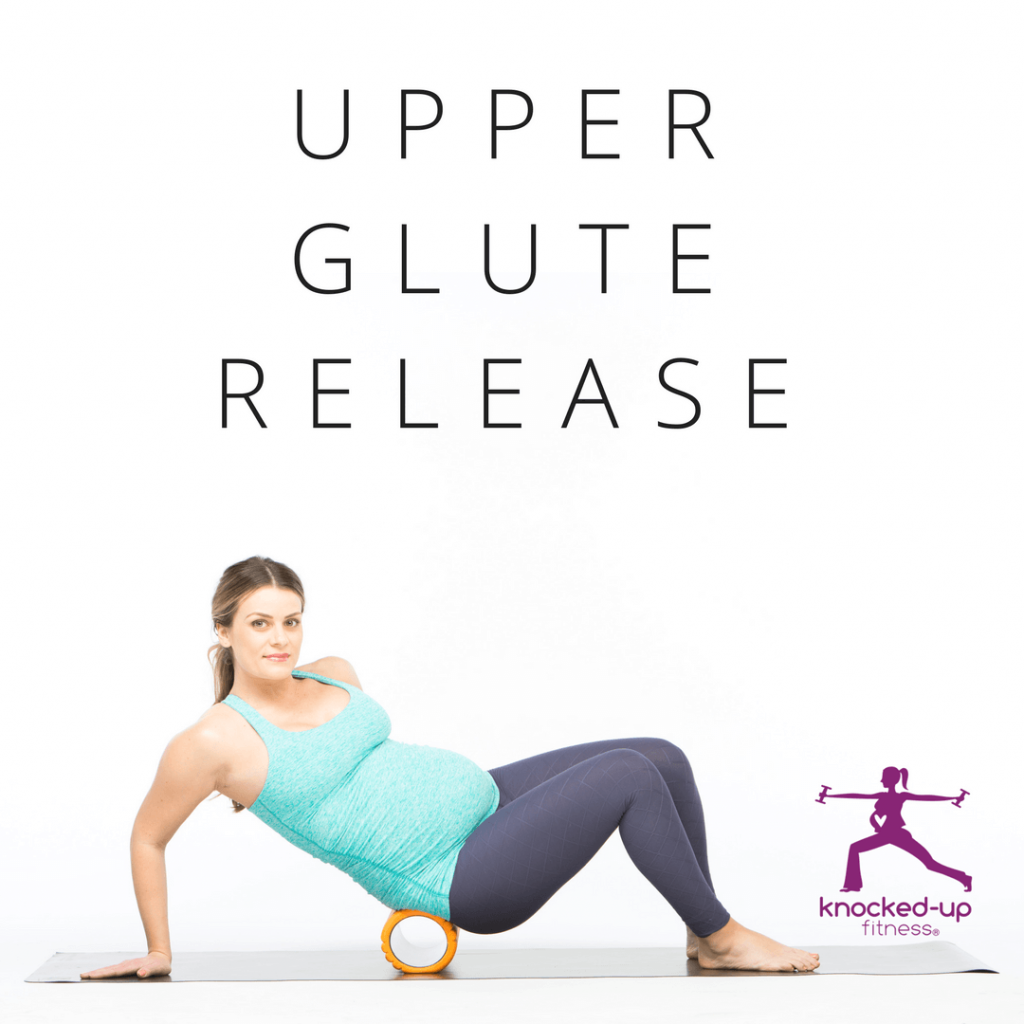
2. Pelvic Tilts & Cat Cow
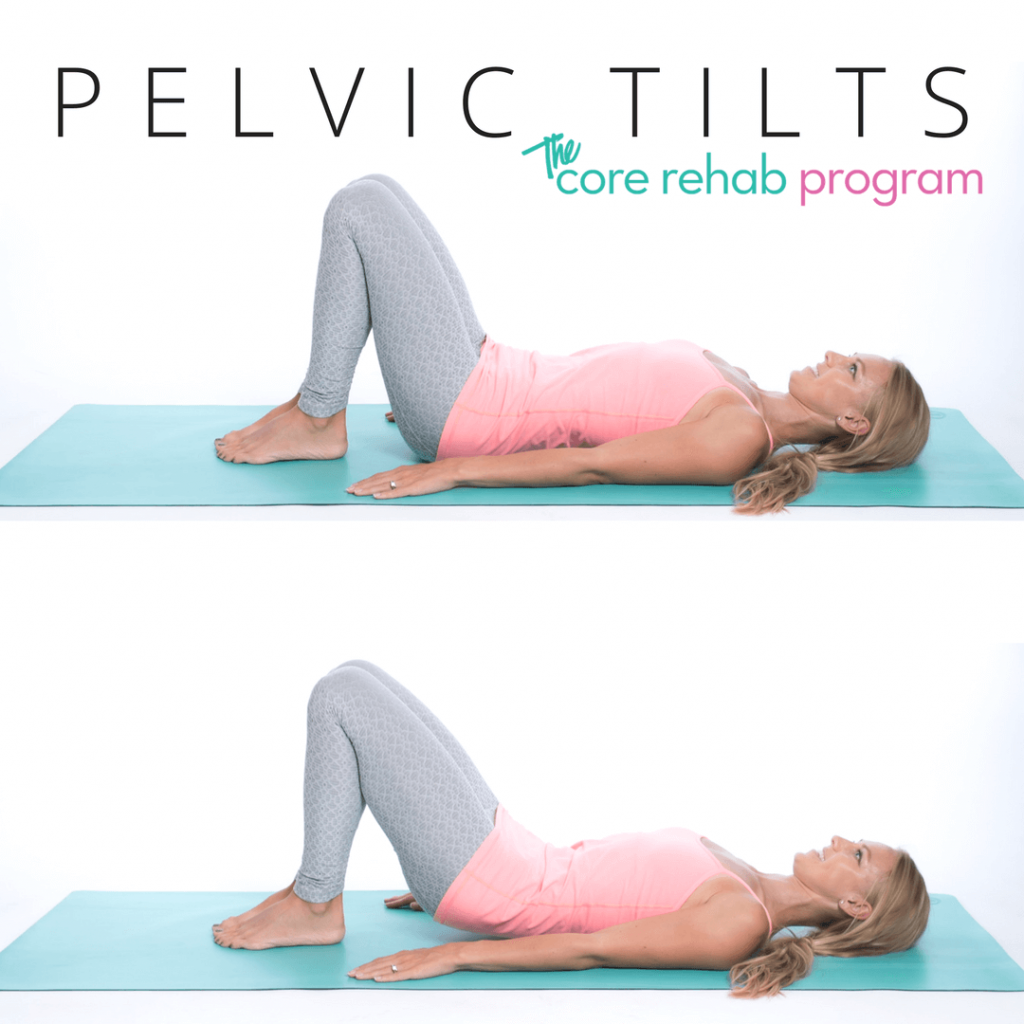
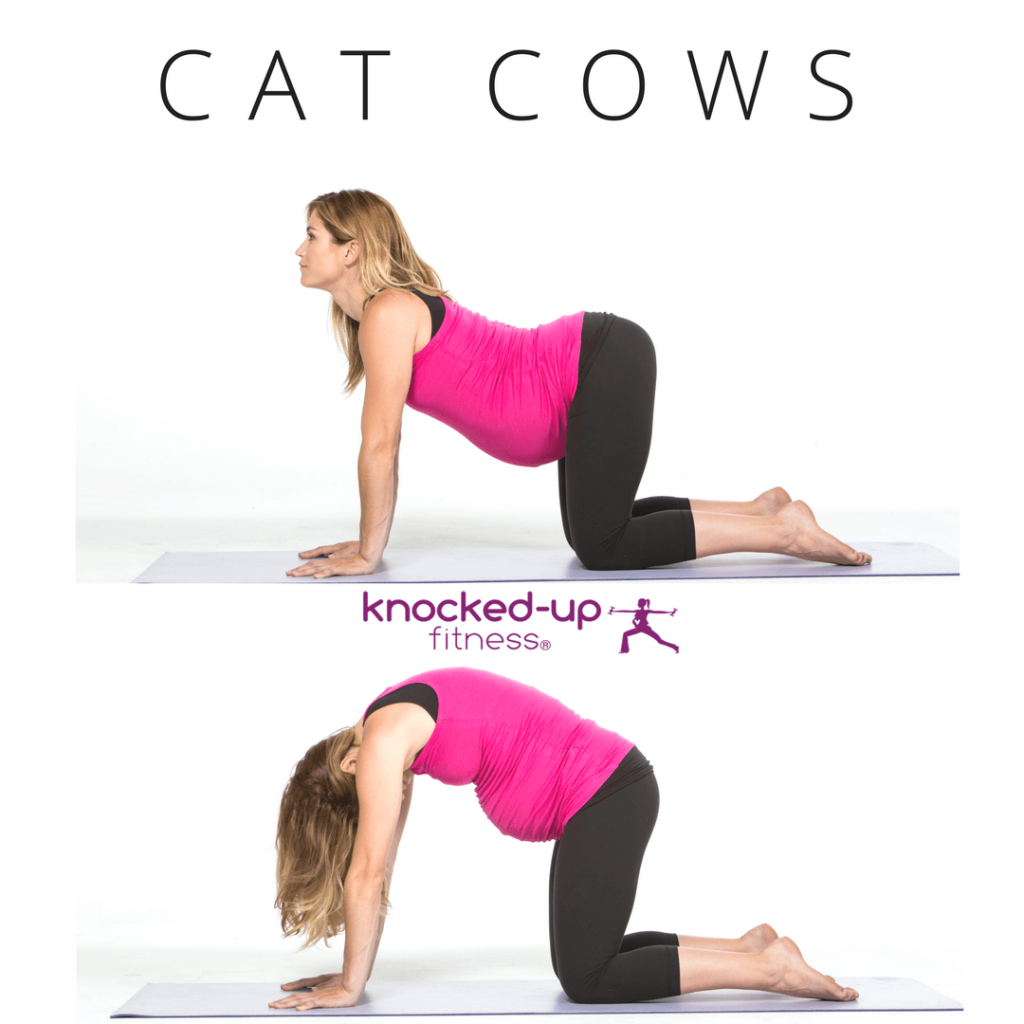
3. Squats with Rotation:
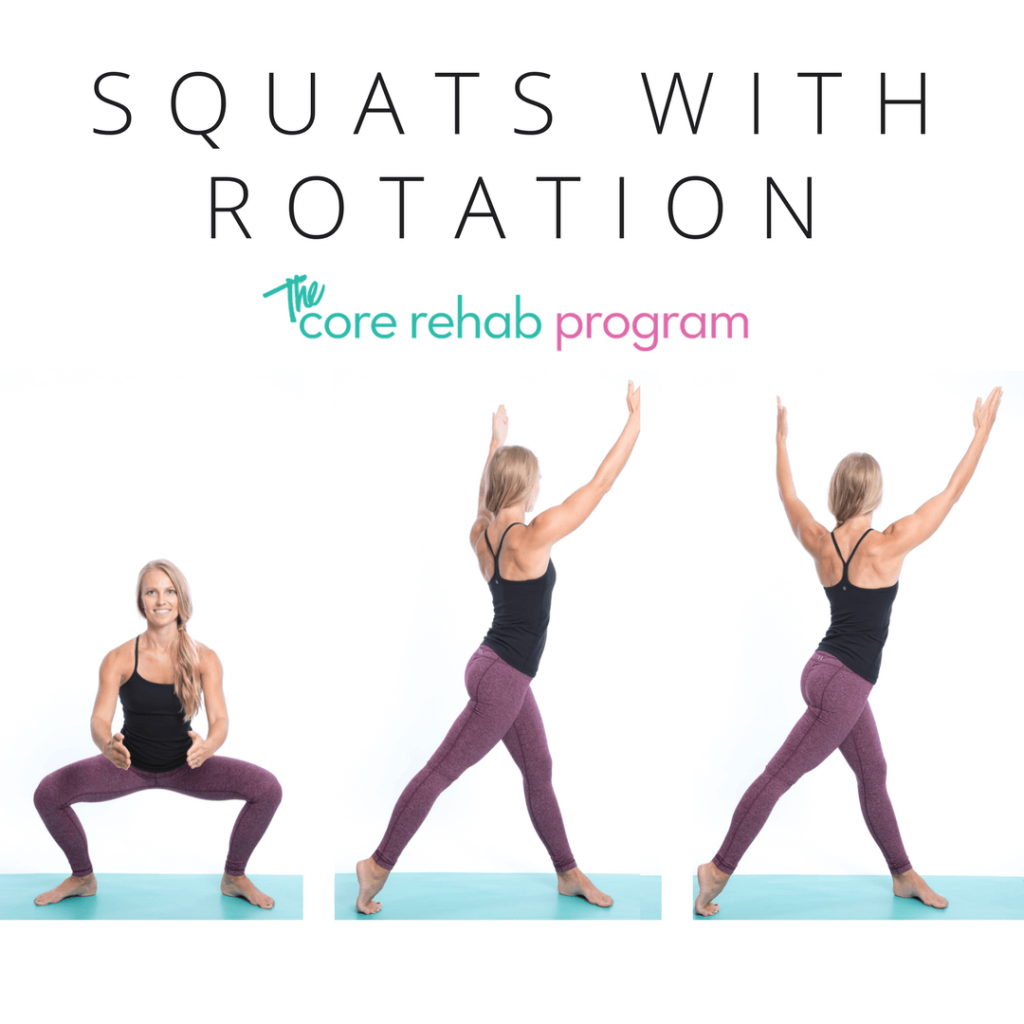
- Breathe out once again before commencing with your next roll, which you should do in five to 10 repetitions.
- Part your feet to equate shoulder width, then rotating your legs outward from the hip.
- Keep your head upward as you squat down. Focus your motion on your hips and behind without exerting the back.
- Stand up and rotate toward a single side. Rotate your back leg and pivot up on your toes, all the while extending your arms upward and away from you.
- Stand tall, lifting from your core.
- Rotate in the direction of the center, repeating the exercise on alternating sides.
- Do 10-20 repetitions or as many as you can that feel comfortable.
4. Hip Rolls
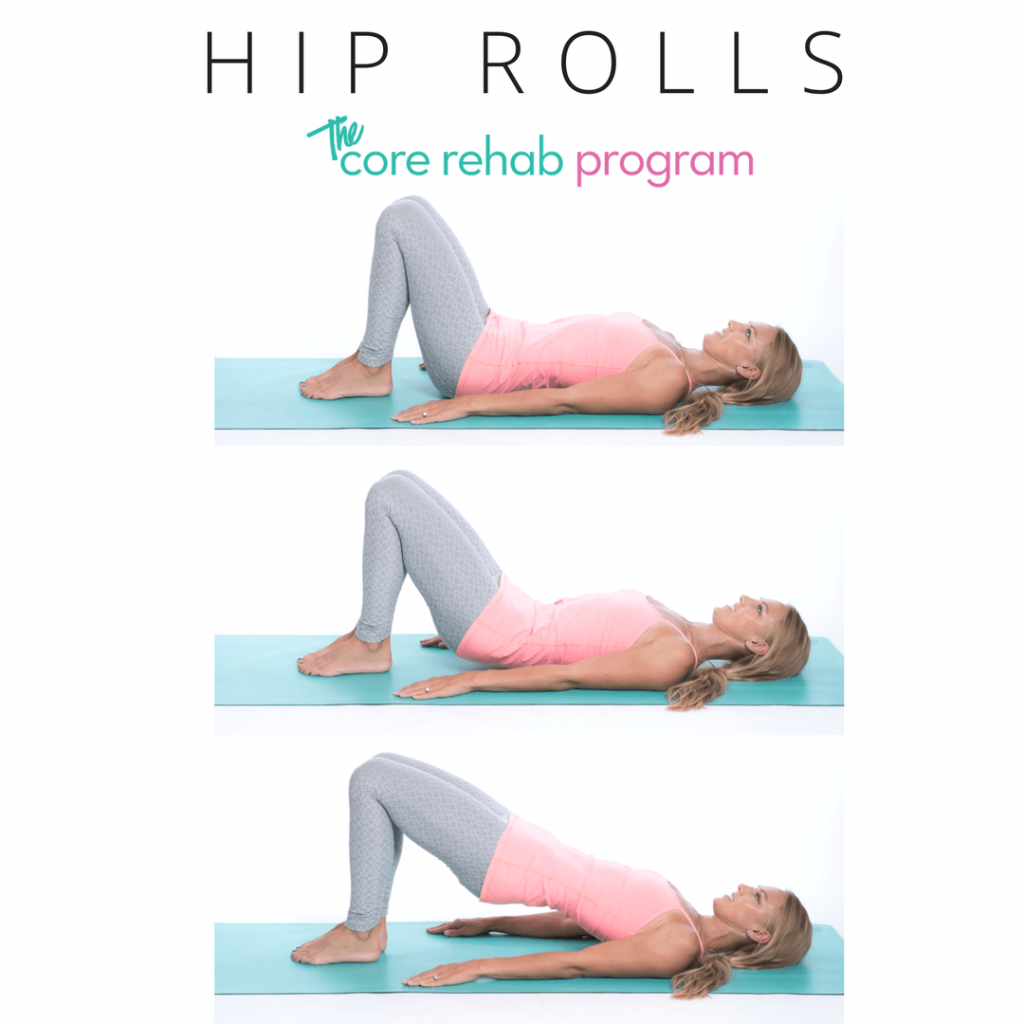
Hips Rolls make for an excellent lower body workout; here’s how we roll!
- Roll your spine upward, a single vertebra at a time, as you articulate your spine.
- Pause and inhale deeply once reaching the top.
- Breathe out nice and easy, again articulating the good ol’ spine as you return roll down the length of the mat.
- When your back is to the mat, breathe in and arch your back.
- Breathe out once again before commencing with your next roll, which you should do in five to 10 repetitions.
Diastasis recti symptoms, like many physical conditions associated with pregnancy, do not have to be accepted as a natural part of pregnancy. When it comes to diastasis recti, work it out!

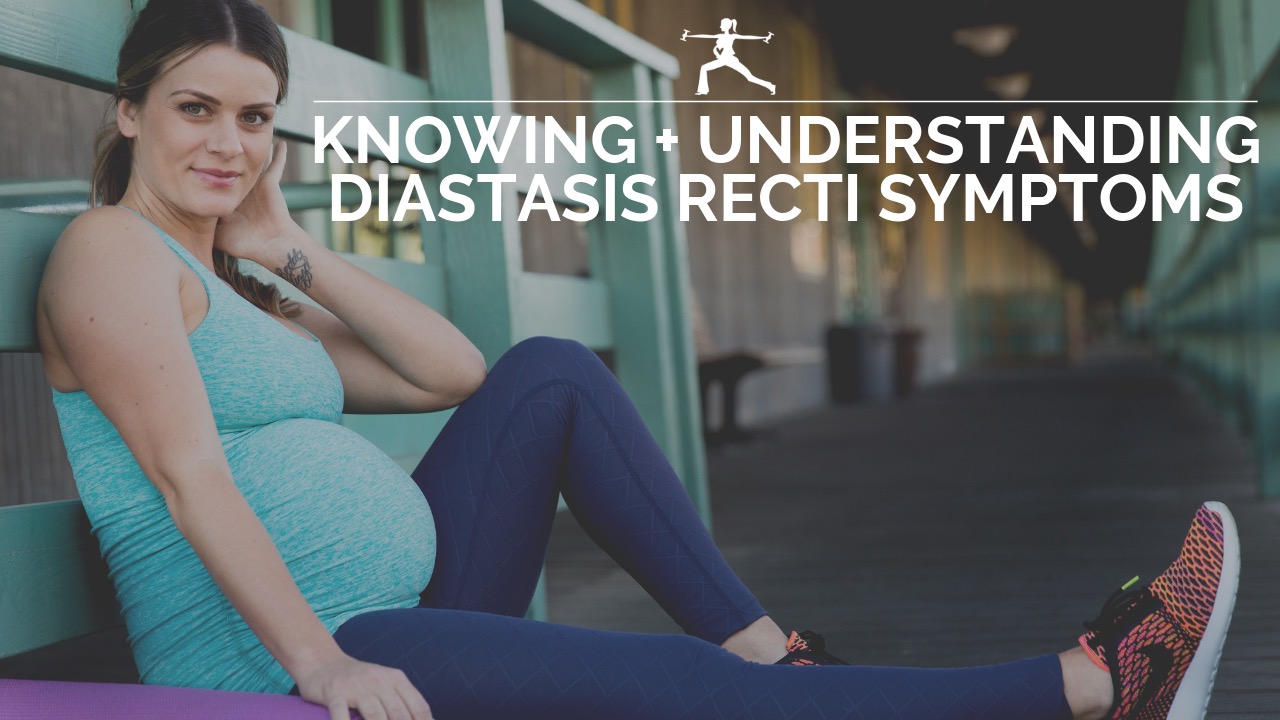


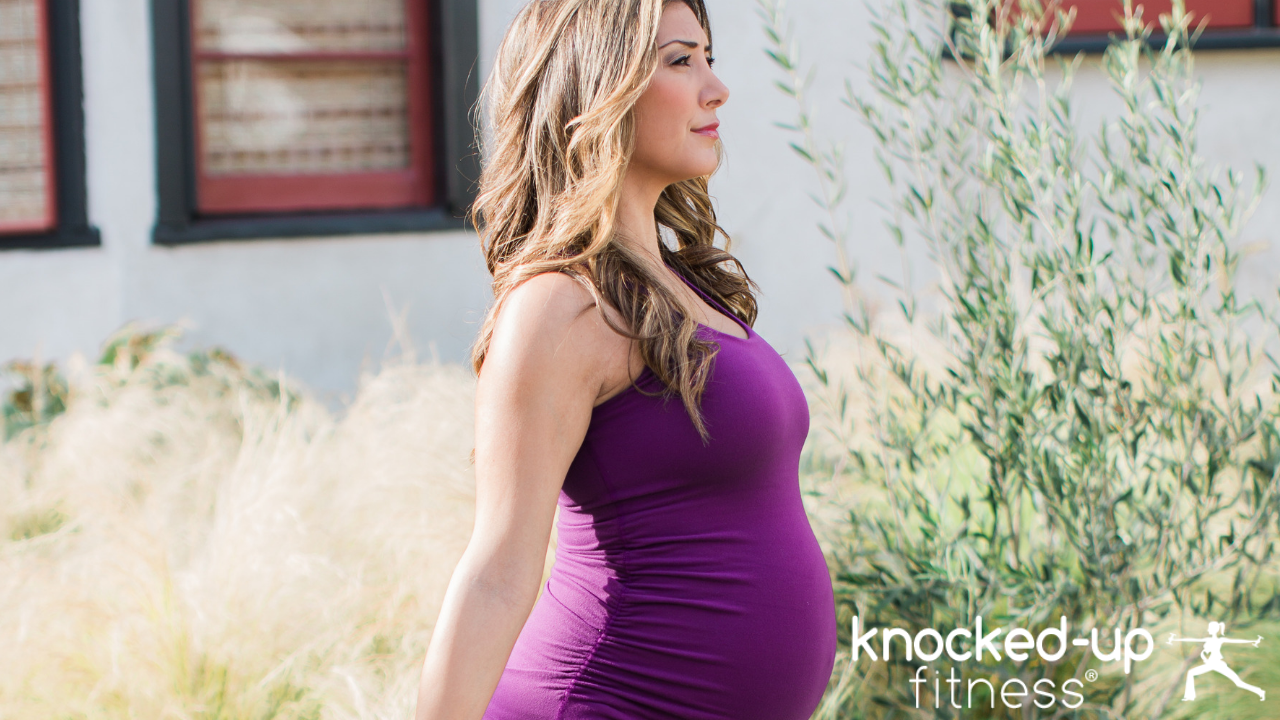

3 Comments
Thanks for sharing this information.It’s really good.
If you are pregnant or considering pregnancy, provide the necessary information you may need
what you think about this : http://bit.ly/2V174xA